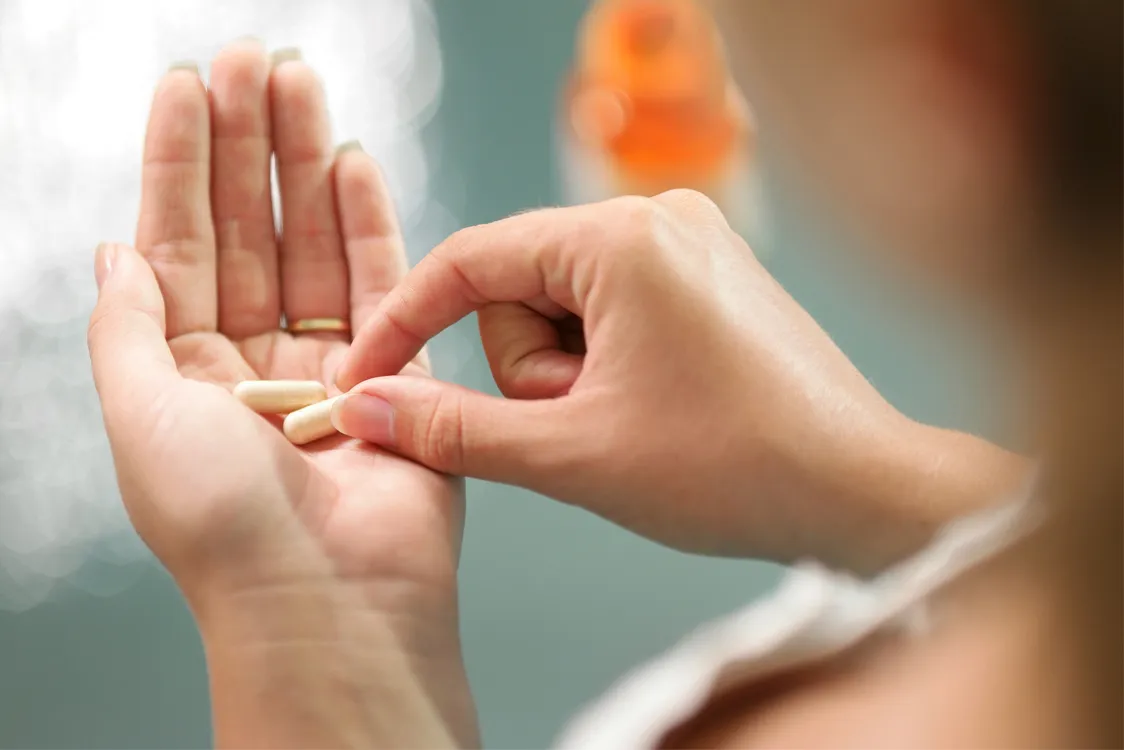A key finding has been made by researchers who are developing oral insulin tablets to replace daily insulin injections. Researchers have found that rats absorb insulin from the most recent iteration of their oral tablets like that of insulin administered intravenously.
Professor Dr. Anubhav Pratap-Singh (he/him), the principal investigator from the faculty of land and food systems, says, “These exciting results show that we are on the right track in developing an insulin formulation that will no longer need to be injected before every meal, improving the quality of life, as well as mental health, of more than nine million Type 1 diabetics around the world.”
He explains that his diabetic father, who has been injecting insulin three to four times a day for the past 15 years, inspired his search for non-injectable insulin. They are now observing that almost 100% of the insulin from their tablets goes straight into the liver, claims Dr. Alberto Baldelli (he/him).
It was all in the liver, which is the ideal target for insulin — it’s really what we wanted to see, says Yigong Guo (he/him), the study’s first author and a Ph.D. candidate who worked closely on the project. “Even after two hours of delivery, we did not find any insulin in the stomachs of the rats we tested.
Changing the delivery method
Injections are not the most convenient or comfortable method for diabetes patients to receive insulin. However, the UBC team worked to determine where and how to enable a higher absorption rate because several other oral insulin substitutes were also being tested and developed.
A different kind of tablet, created by Dr. Pratap-team, Singh’s dissolves when placed between the gum and cheek rather than being swallowed. The thin membrane that lines the inner cheek and back of the lips is used in this procedure (also known as the buccal mucosa). It transports all the insulin to the liver without wasting or degrading it.
Other swallowed tablets being developed that go to the stomach might need 500iu of insulin, which is essentially wasted, and that’s a significant problem we have been trying to work around, says Yigong. “For injected insulin, we usually need 100iu per shot.”
People on insulin, have to regularly get their insulin titrated by Diabetologists.
Fast-release injected insulin can be fully released in 30-120 minutes, whereas the majority of developed swallowed insulin tablets tend to release insulin slowly over two to four hours. According to Dr. Baldelli, our oral delivery tablet absorbs after half an hour and can last for about two to four hours. This is like a rapid-acting insulin injection.
Possible large advantages
Human trials for the study have not yet begun, and according to Dr. Pratap-Singh, they will need more time, money, and collaborators before they can start. Beyond the obvious potential advantages for diabetics, he claims that their developing tablet might also be more accessible, affordable, and sustainable.
According to Dr. Pratap-Singh, more than 300,000 Canadians must inject insulin several times daily. There would be no issue with an oral tablet, but there would be a lot of environmental waste from the needles and plastic from the syringe that might not be recycled and end up in the landfill.
He explains that since their oral alternative may be less expensive and simpler to produce, they hope to lower the price of insulin per dose. Transporting the tablets would be more straightforward for people with diabetes who currently have to think about keeping their quantities cool.




